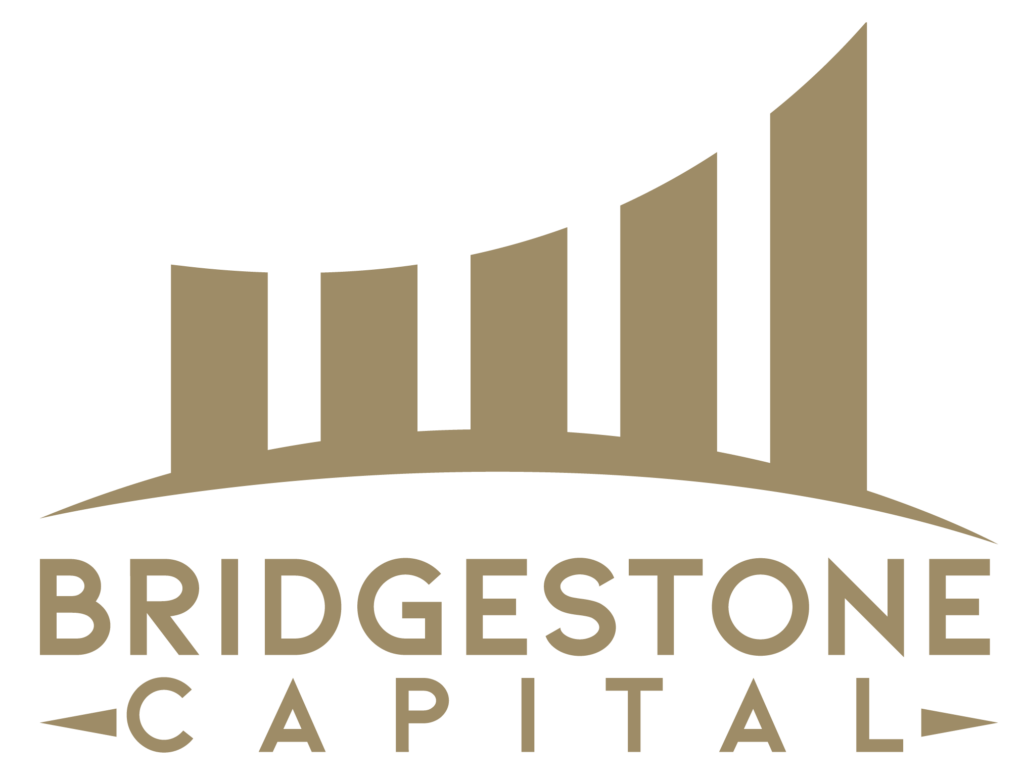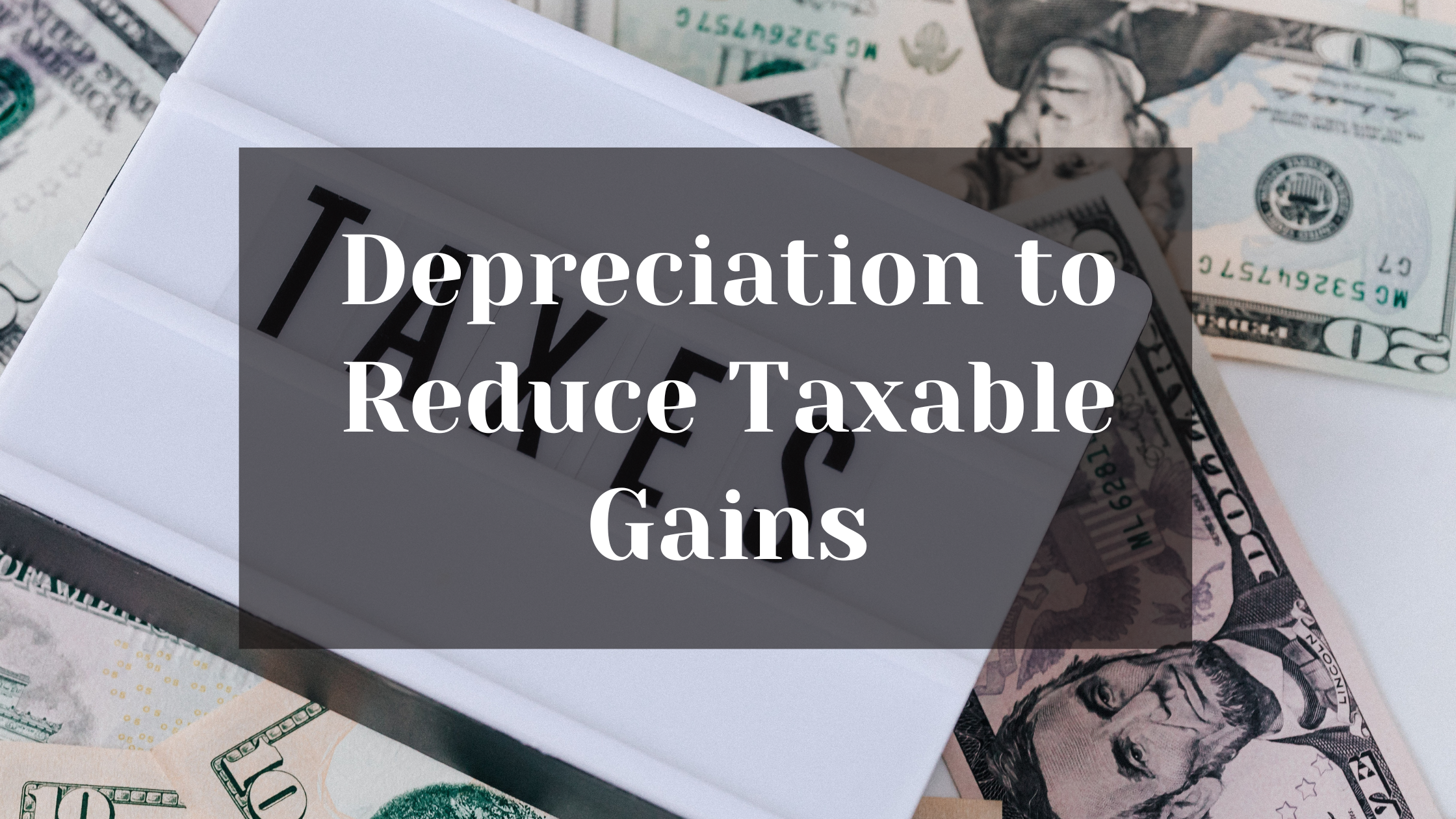Estimated reading time: 6 minutes
Table of contents
By definition, depreciation is an accounting method used to allocate the cost of a tangible asset over its useful life. Depreciation spreads the asset’s cost over the years in which it is expected to be used rather than taking the total cost as an expense in the year of purchase.
USE this IRS code to earn tax – free passive income.
Calculate Depreciation using a specific formula, which considers the asset’s cost, estimated useful life, and the expected salvage value of the asset at the end of its useful life to reduce taxable gains.
The amount of depreciation that can be claimed is the result of this calculation.
Depreciation is used to reduce the taxable income of a business, which results in a lower tax bill.
8 Best Strategies To Defer Capital Gains Tax(Opens in a new browser tab)
[divi_switch_layout id=”1311″]
Real estate investors use depreciation as a tax strategy to reduce their taxable income and thus lower their tax bill. They can claim depreciation on the cost of the property. In addition, any improvements made to the property, such as renovations or additions, strictly for tax purposes.
To use depreciation as a tax strategy, real estate investors must first determine the cost basis of their property.
This includes the cost of the physical asset, as well as any closing costs, legal fees, and other expenses related to the acquisition of the property.
From this cost basis, they can deduct the value of the land since it does not wear out over time.
The remaining property value is depreciable over its life to reduce taxable gains, which the Internal Revenue Service determines is the depreciable amount.
Residential
For residential rental property, the useful life is 27.5 years, while for commercial property, it is 39 years.
Real estate investors can claim a portion of the depreciation expense each year as a tax deduction, which reduces taxable income and lowers their tax bill for several years.
Depreciation is a powerful tax strategy for real estate investors because it allows them to generate income from their property while reducing their tax burden.
Sometimes, it will allow investors and business owners to receive a tax return despite having earned significant capital gains on a fixed asset.
There are several different methods of depreciation for various businesses and Accounting professionals to consider.
The type of business, asset, total amount of cost, carrying value, and rate of depreciation will vary with each.
Limitless: Book Summary(Opens in a new browser tab)
Different Methods of Depreciation
The Matching Principle
The matching principle is an accounting concept that requires companies to match expenses with the revenue they generate in the same accounting period.
This principle is fundamental to accrual accounting, the accounting method most businesses use.
With the matching principle, depreciation and expenses are allowed to reduce taxable gains in the early years in the period they are incurred, not necessarily when cash is paid.
For example, if a company provides a service to a customer in December but receives payment in January, the revenue would be recognized in December, when the service was provided.
By matching expenses with the revenue they generate, the matching principle ensures that a company’s financial statements accurately reflect its performance in a given period.
This allows investors and other stakeholders to make informed decisions based on the company’s financial results.
How Can I Retire With $300k(Opens in a new browser tab)
Straight-Line Depreciation Method
This is “straight-line” because the asset will lose equal value each year over its useful life.
This is the most common method for real estate investors and their accountants.
The straight-line method calculates the annual depreciation expense by dividing the asset’s cost by its estimated useful life.
For example, if an investor purchases a property for 1,000,000 with a useful life of 39 years, the annual depreciation expense would be $25,000 ($1,000,000 / 39years).
Other assets are added to the depreciation, such as new HVAC, floors, lighting fixtures and amenities.
These assets will be depreciated at a 5-year rate, adding to the tax depreciation.
The advantage of the straight-line method is its simplicity to calculate and its predictability in the amount of depreciation expense each year.
This makes it easier for companies to plan and budget for future expenses.
5 Tax Relief Strategies for High-Income Earners(Opens in a new browser tab)
Accelerated Depreciation Method
Accelerated depreciation to reduce taxable gains allows for a higher amount of depreciation expense be recognized in the early years of an asset’s useful life.
This results in a lower taxable income in the early years and a higher taxable income in later years.
When using accelerated depreciation to reduce table gains, the asset is depreciated faster in the early years and slower in the later years.
This reflects that many assets, such as machinery and equipment, lose more value in their early years of use.
There are several accelerated depreciation methods, including the declining balance method, the sum-of-the-years-digits method, and the double declining balance method.
These methods allow for a higher amount of depreciation to reduce taxable gains in the early years, which can help businesses to reduce their tax bill and free up cash flow.
Accelerated depreciation can be especially beneficial for businesses with high capital expenditures in the early years of their operations.
Accumulated Depreciation Method
Accumulated depreciation is a contra-asset account that reflects the total depreciation charged against an asset over its useful life.
It is a running total of the amount of depreciation expense that has been recorded on an asset since it was acquired.
As an asset is depreciated, its book value (which is the asset’s original cost less its accumulated depreciation) decreases.
The accumulated depreciation account is used to reduce the asset’s value on the balance sheet, which accurately reflects the decreasing value of the asset over time.
For example, if a company purchased a machine for $100,000 and depreciated it at $10,000 per year using the straight-line method, the accumulated depreciation would be $30,000 after three years ($10,000 x 3 years).
The machine’s book value would be $70,000 ($100,000 – $30,000).
Accumulated depreciation is an essential account for financial reporting because it allows businesses to accurately reflect the value of their assets on the balance sheet and reduce taxable gains.
It is also used to calculate the gain or loss on the sale of an asset. When an asset is sold, the difference between the sale price and the book value (which is the asset’s original cost less its accumulated depreciation) is recognized as a gain or loss on the income statement.
Where to Put Money When You’re Between Real Estate Deals(Opens in a new browser tab)
Double-Declining Balance Depreciation Method
The double-declining balance method is an accelerated method of depreciation that allows for a higher amount of depreciation expense to be recognized in the early years of an asset’s useful life.
This method assumes that the asset will lose value more quickly in its early years and therefore applies a higher depreciation rate to the asset in those years.
Under the double-declining balance method, the asset depreciates twice the straight-line rate. Multiply the asset’s book value by the depreciation rate to calculate the the depreciation expense.
The Asset’s Book Value is Original Cost Minus it’s Accumulated Depreciation.
The depreciation calculation for this method would be a company purchases a machine for $100,000 with an estimated useful life of 5 years and uses the double-declining balance method with a depreciation rate of 40%, the asset’s value upfront (or depreciation expense for the first year) would be $40,000 (40% x $100,000).
The machine’s book value at the end of the first year would be $60,000 ($100,000 – $40,000). The depreciation rate for the second year would be 40% of $60,000, or $24,000. The book value at the end of the second year would be $36,000, and so on.
The double-declining balance method can be a valuable depreciation method for assets that lose value quickly in their early years, such as computers or other technology equipment.
However, it can also result in higher depreciation expenses in the early years and lower depreciation expenses in the later years, impacting a company’s balance sheet and income statements.

